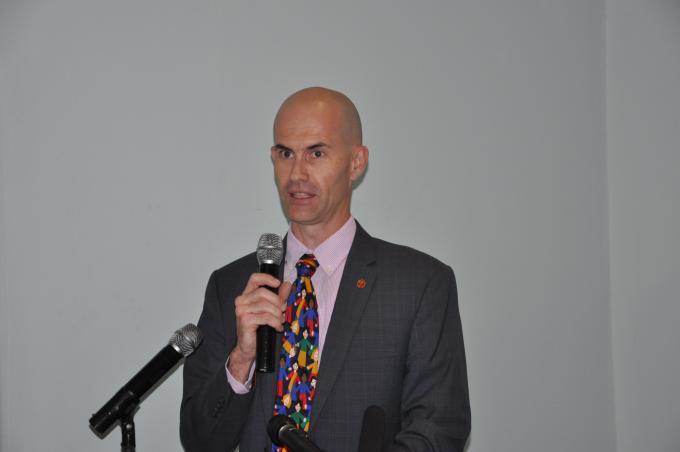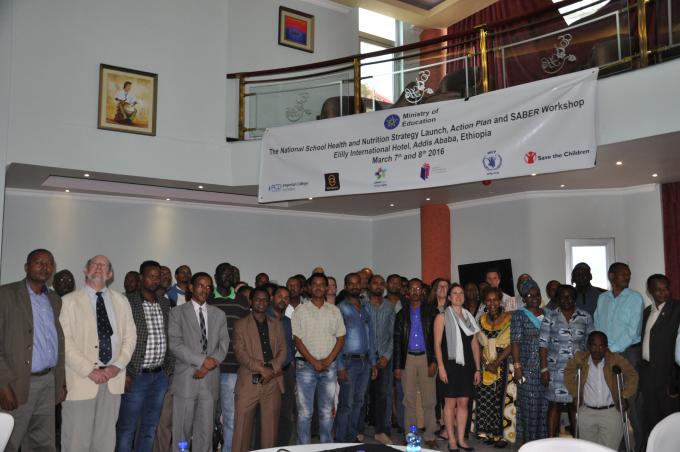The Government of Ethiopia launches school health and nutrition strategy
The Government of Ethiopia has launched a national School Health and Nutrition Strategy and Action Plan to improve access and educational achievement of school-age children through health and nutrition interventions in educational establishments in Ethiopia.
The SHN Strategy will adopt the FRESH (Focusing Resources on Effective School Health) framework as its guiding conceptual framework which aims at enabling effective coordination and organization of SHN responses in the country.
The launch was announced by Ato Berhanu, Advisor to the Minister for General Education at a special event convened with development partners including Save the Children, Partnership for Child Development, Sightsavers, World Food Programme, Global Partnership for Education and Dubai Cares.
Speaking at the launch, John Lundine Deputy Country Director for Save the Children in Ethiopia said, “Save the Children is one of the pioneer organizations in bringing the importance of School Health and Nutrition on academic achievement of children. We started implementing SHN activities that covers the four pillars of the FRESH framework in Woliso area in 2002.” He also commended the Ethiopian Government for taking this initiative upfront and recognizing the importance of SHN as a cross-cutting issue to boost school attendance and improve educational performance.
The strategy four priority areas focused on: school health-and nutrition-related policies; safe and sanitary school environments; skills-based health and nutrition education; and school-based health and nutrition services
The strategy was developed by the Ministry of Education, with support from the SHN taskforce in which Save the Children is a member and played a key role through the Sponsorship program providing technical and financial support. Currently, Save the Children implements SHN activities in more than 250 schools in Tigray and West Showa Zone of Oromia.
 Ethiopia
Ethiopia 

